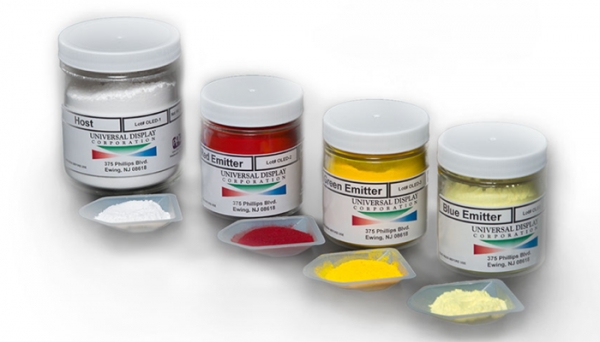Sources say material still unstable

Universal Display Corporation’s (UDC) plan to commercially launch a phosphorescent blue emitter material for OLED panels by the end of this year seems up in the air.
Sources based in South Korea told TheElec that the emitter’s performance is still unstable and when and on what display panel they will be applied has not been decided yet.
OLED panels are comprised of red, green, and blue emitters. While red and green use phosphorescent material with 100% emission efficiency, currently commercialized OLED panels use fluorescent material for blue which only has an efficiency of 25%.
So changing the blue from fluorescent to phosphorescent would increase the performance of OLED panels and increase their life span.
Since early 2022, UDC said it was aiming to commercialize this technology by this year.
Sources said the company’s current rendition of blue emitters actually emit cyan color __ the color between blue and green __ instead of blue.
Meanwhile, there are other researches that are attempting to change the hydrogen in existing fluorescent blue emitters to deuterium, or two stable isotopes of hydrogen.
Deuterium blue allows for a ‘deep blue’ and the use of two hydrogen makes the emitter more stable and brighter. This is a technology used by LG Display for its large OLED panels. The deuterium is supplied by Dupont and Idemitsu Kosan.

